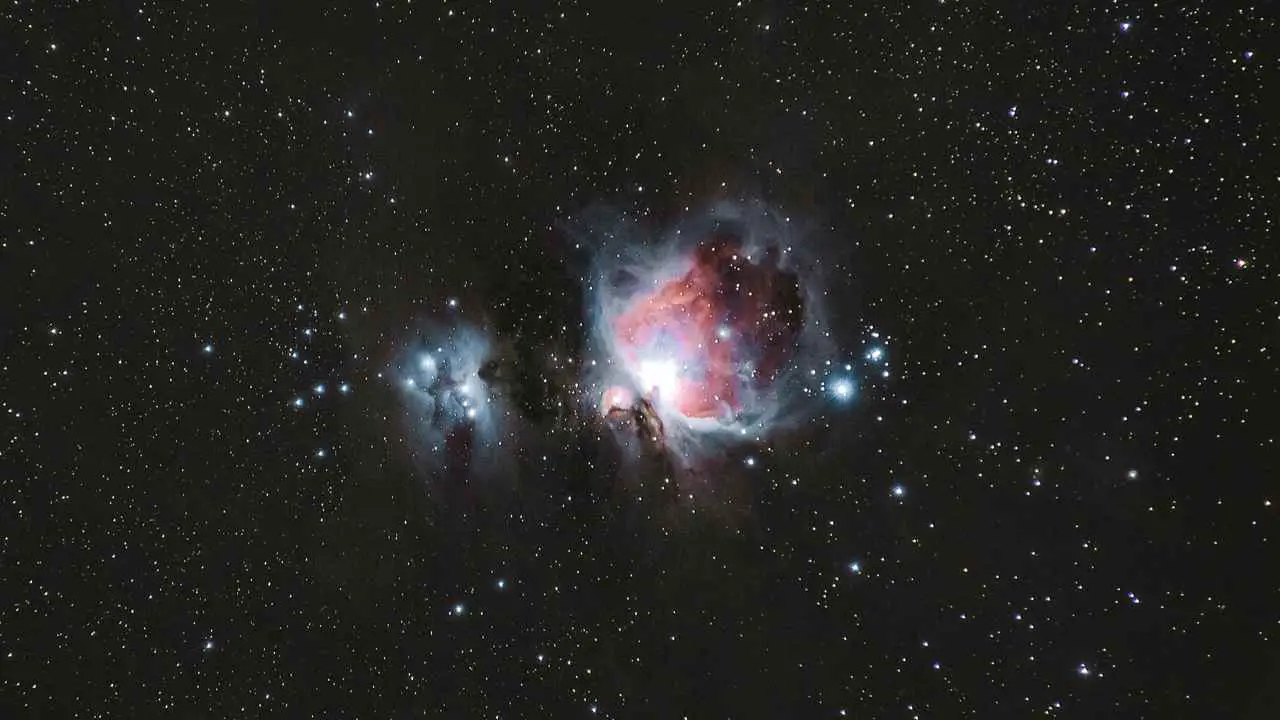Supernova is considered the hottest thing in the universe, reaching a million degrees Celsius. It is recorded that supernovas might have been discovered before the early 17th century. Supernovae are a mostly rare event in our galaxy.
Supernovae play a crucial role in various astrophysical processes, shaping the cosmos and enriching the universe with heavy elements. The study of supernovae provides crucial insights into stellar evolution, nuclear processes, and the overall structure and composition of the universe.
What are Supernovas?

Supernovas are the most energetic explosions that can occur in the universe. It is estimated that it happens about every 50 years. When it explodes, it can outshine an entire galaxy, releasing more energy than the sun will, its explosion is equivalent to the power of a ten 28 megaton.
What is the temperature of a Supernova?
The temperature of Supernova can reach about 1,000,000,000 degrees Celsius. The outer layers of the star get heated to tens of millions of degrees Celsius, emitting intense radiation across the electromagnetic spectrum, including X-rays and gamma rays.
Also read: What is the biggest black hole in the universe?
These temperatures are still extremely hot compared to anything we encounter on Earth. The temperature of a supernova can be detected or determined by analyzing its electromagnetic radiation. Supernovas carry different wavelengths of light emitted by the information about their temperature.
Is a Supernova hotter than the Sun?

Yes, a supernova is much hotter than the Sun during its explosion phase. The core of a massive star undergoing a supernova can reach temperatures of hundreds of billions of degrees Celsius (hundreds of gigaKelvin) during the initial core collapse. This intense heat is generated by the rapid compression of matter as the star’s core collapses under its gravity. During a supernova, the star undergoes a rapid and violent release of energy, which causes its temperature to skyrocket.
Also read: What is underneath the ice in Antarctica?
Supernovae can reach temperatures of tens of billions of degrees Celsius (or Kelvin) during the peak of the explosion. In comparison, the core of our Sun has a temperature of around 15 million degrees Celsius (or Kelvin). So, a supernova can be millions of times hotter than the Sun. This extreme temperature is what makes supernovae incredibly bright and allows them to outshine entire galaxies for a brief period.
It’s important to note that while a supernova is incredibly hot and luminous for a short time, its energy is spread over a vast volume. In contrast, the Sun’s energy is continuously produced and is more evenly distributed across its surface, making it a relatively stable source of light and heat for our solar system.
🔬 Subscribe to SciMail
Get the latest science discoveries straight to your inbox!
How does a supernova occur?

Supernovas occur when the stars can’t handle their nuclear fuel and they explode in a brilliant burst of light. As a star burns through its fuel and begins to cool, the outward forces of pressure drop. When the pressure drops low enough in a massive star, gravity suddenly takes over and the star collapses in just seconds. This collapse produces the explosion we call a supernova.
What happens at the end of Supernova?

At the end of a supernova, the star undergoes a cataclysmic explosion, releasing an immense amount of energy and heavy elements into space. Assuming the amount of its matter is equal to the mass of several Suns may be blasted into space with such power that the exploding star surpasses its entire home galaxy. These explosions are essential for the enrichment of the universe with heavy elements, which are necessary for the formation of planets, and they significantly impact the evolution of galaxies.
Also Read: Stone Age Tools and Weapons Facts.
What are the types of Supernovae:
Type I Supernova:
Type I supernovae are further subdivided into several categories based on the presence or absence of certain spectral features:
Type Ia Supernova:
A Type Ia supernova occurs when a white dwarf star explodes due to reaching a critical mass after accreting material from a companion star.
Type Ib Supernova:
These are produced when a massive star loses its outer hydrogen envelope before exploding. They exhibit helium lines in their spectra.
Type Ic Supernova:
Similar to Type Ib, these lack hydrogen and helium lines in their spectra.
Type II Supernovae:
Type II supernovae are characterized by the presence of hydrogen lines in their spectra and occur when massive stars reach the end of their lives and undergo core collapse.


Leave a Reply